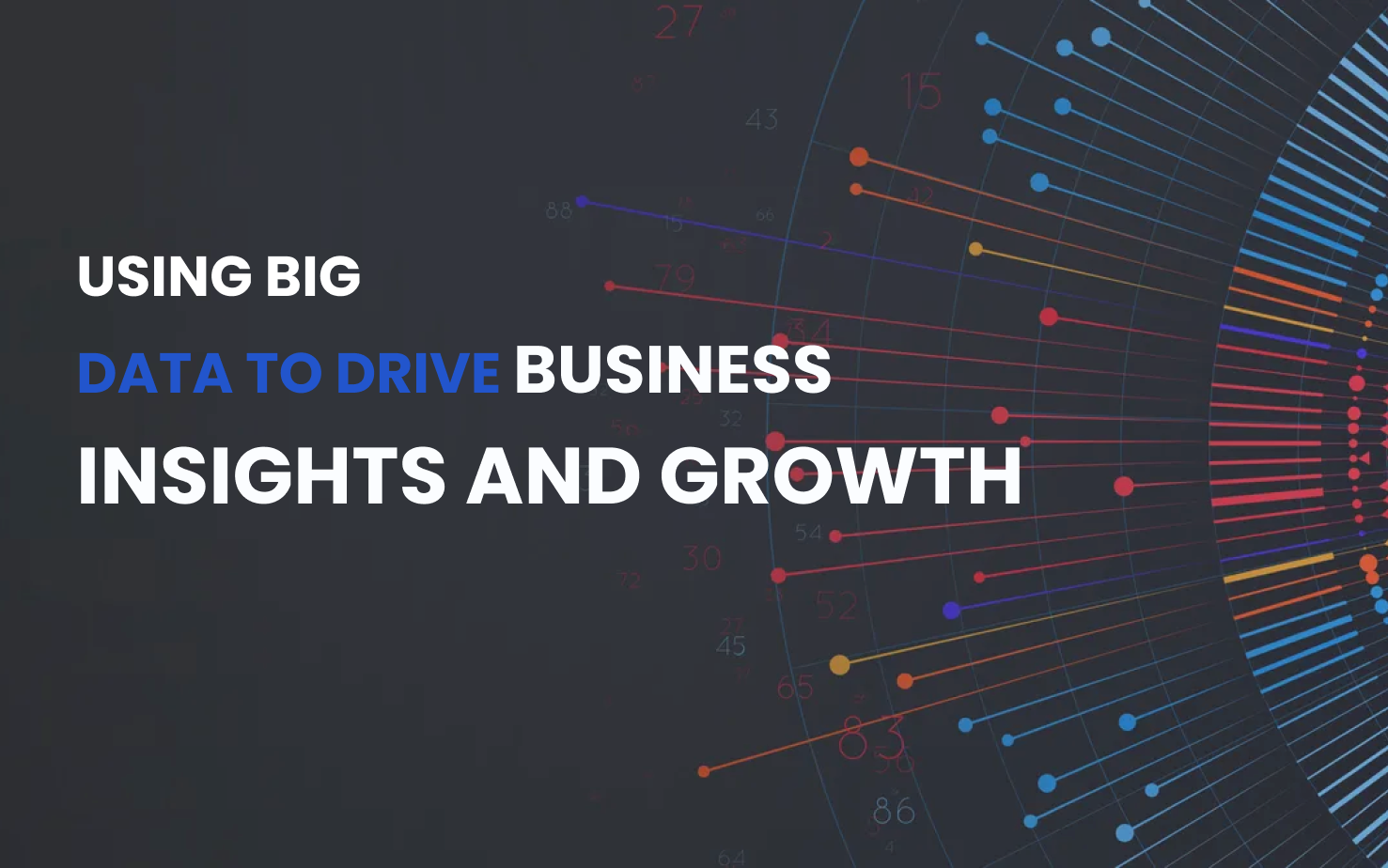Using Big Data to Drive Business Insights and Growth

Big data has become a valuable asset for businesses looking to gain a competitive edge and drive growth. By harnessing the power of vast datasets, companies can uncover valuable insights, make data-driven decisions, and optimize their operations. Here are some key ways businesses can leverage big data for growth, along with relevant links for further reading:
-
Customer Analytics:
- Analyzing customer data to understand their preferences, behaviors, and demographics can help businesses tailor their products and services.
- Link: Customer Analytics: How to Use Data to Gain Customer Insights
-
Market Segmentation:
- Big data enables businesses to segment their target markets more precisely, allowing for more effective marketing campaigns.
- Link: Market Segmentation with Big Data
-
Predictive Analytics:
- Predictive models can forecast future trends and customer behavior, helping businesses make proactive decisions.
- Link: Predictive Analytics: The Power to Predict Who Will Click, Buy, Lie, or Die
-
Supply Chain Optimization:
- Big data can optimize the supply chain by predicting demand, optimizing inventory, and improving logistics.
- Link: Supply Chain Optimization with Big Data Analytics
-
Product Development:
- Analyzing customer feedback and market trends can inform product development, leading to products that better meet customer needs.
- Link: How Big Data Analytics Is Shaping Product Development
-
Operational Efficiency:
- Big data can identify inefficiencies in business operations, leading to cost savings and improved productivity.
- Link: Improving Operational Efficiency with Big Data
-
Risk Management:
- Analyzing data can help businesses identify and mitigate risks, such as fraud detection and cybersecurity threats.
- Link: Big Data Analytics for Risk Management
-
Personalization:
- Personalized marketing and product recommendations based on big data insights can enhance customer experiences.
- Link: The Power of Personalization in Marketing
-
Competitive Analysis:
- Big data can be used to monitor and analyze competitors, helping businesses stay ahead in their industry.
- Link: Competitive Analysis Using Big Data
-
Human Resources:
- Big data can optimize HR processes, from talent acquisition to employee retention.
- Link: Using Big Data for HR Analytics
| Aspect | Description | Benefits | Challenges |
|---|---|---|---|
| Customer Analytics | Analyzing customer data for insights. | Improved customer satisfaction, targeted marketing, increased sales. | Privacy concerns, data accuracy, and compliance with regulations. |
| Market Segmentation | Precise market segmentation using data. | More effective marketing, higher conversion rates. | Data quality, segmentation accuracy, and scalability. |
| Predictive Analytics | Forecasting future trends and behaviors. | Proactive decision-making, risk mitigation. | Data quality, model complexity, and interpretability. |
| Supply Chain Optimization | Optimizing supply chain operations. | Reduced costs, improved efficiency. | Data integration, supply chain complexity, and real-time data. |
| Product Development | Data-driven insights for product design. | Enhanced product-market fit, innovation. | Gathering and analyzing diverse data sources. |
| Operational Efficiency | Identifying and rectifying inefficiencies. | Cost savings, improved productivity. | Data silos, resistance to process changes. |
| Risk Management | Identifying and mitigating risks. | Fraud detection, cybersecurity. | Data security, false positives/negatives. |
| Personalization | Customized marketing and recommendations. | Enhanced customer experience, increased sales. | Privacy concerns, data personalization challenges. |
| Competitive Analysis | Monitoring and analyzing competitors. | Competitive advantage, market insights. | Data availability, competitive intelligence. |
| Human Resources | HR processes optimization with data. | Improved talent acquisition, employee retention. | Privacy, data bias, and employee concerns. |
-1.png?width=2600&height=450&name=RetailMetrixLogo%20(1)-1.png)
